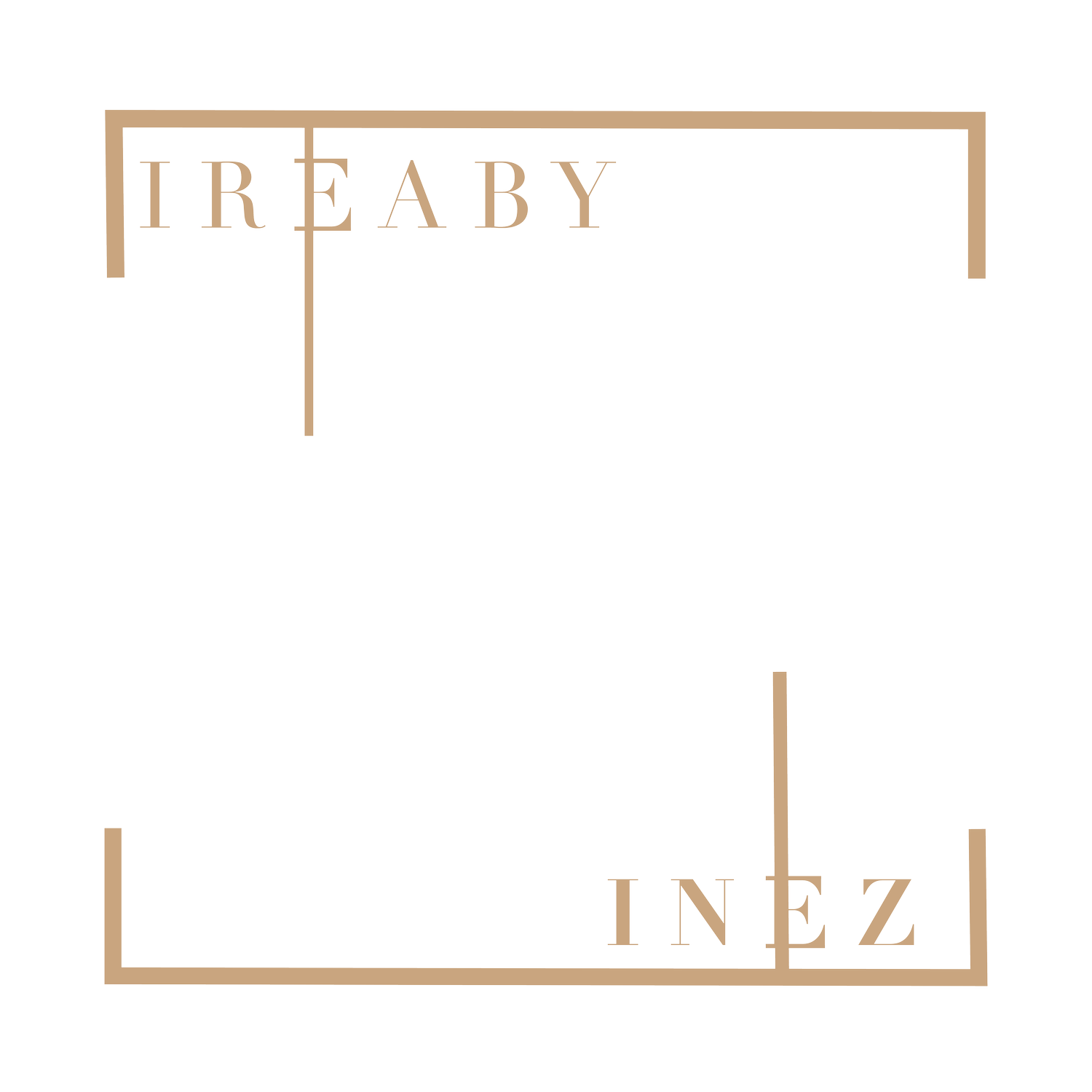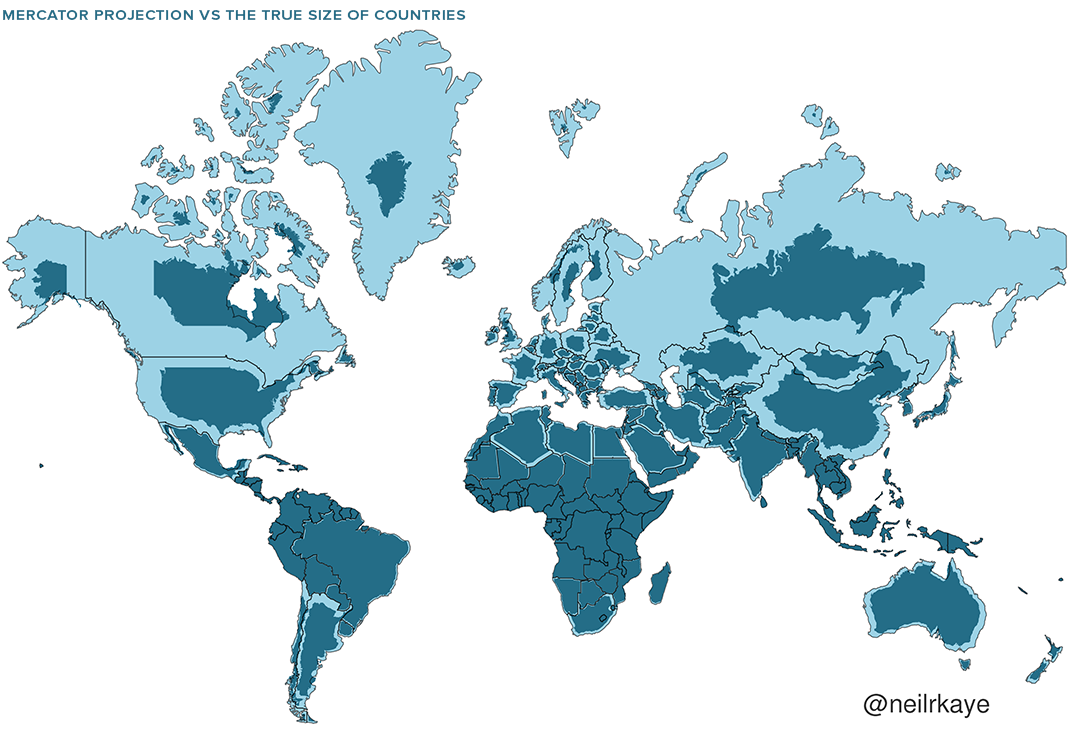Visual Cartography, Cultural Power & Strategic Blind Spot
The Map We Choose Informs the World We Believe Exists
I recently watched a TikTok clip that called out the infamous Mercator projection world map — how it makes continents like Africa look dramatically smaller than they are, and how that visual flattening has deeper implications beyond geography.
As a cultural research marketer, it clicked: visual distortions become narrative distortions.
When a region is shown as smaller, less central, or pushed to the margins, we start to undervalue its:
Cultural influence
Consumer potential
Role in global innovation
Representation in geography becomes representation in strategy.
Why it Matters
If Africa is visually minimized on our world map, then in business and culture, we can fall into patterns of:
Under-estimating African consumer markets
Under-investing in African creative economies
Failing to recognise the continent’s role in shaping global taste, digital behaviours, street culture, and luxury desires
Using a worldview in which Western and Eurocentric geographies remain the default “centre”
Maps are not neutral. They teach us who is “central,” who is “peripheral,” and whose stories and economies are worth prioritising.
Doing it Right
What does a more accurate map—both literally and metaphorically—invite us to do?
Use map projections (or visual frameworks) that respect true scale and position so that Africa, Latin America, and Southeast Asia aren’t visually diminished
Re-calibrate brand and marketing strategies to recognise emerging markets and cultural flows from regions often rendered invisible
Engage local voices, local creators, and region-centric insights as foundational rather than supplemental
Ensure that visual representations (in maps, infographics, dashboards) don’t inadvertently signal “less than” or “after the fact” for non-Western geographies
Ireaby’s Insight
“How we see the world shapes how we value it.”
For me, this moment is both literal and symbolic: literal in the projection on the wall; symbolic in every marketing pitch, every creative brief, every data dashboard that embeds a worldview. If our visual frameworks distort geography, they distort strategy. If we see Africa as “small,” we may under-invest, under-represent, and under-imagine.
As a cultural research marketer, I see this as a profile of the work ahead: not just in designing campaigns, but in designing worldviews. If the map flattens power, the strategy flattens markets. If the map erases scale, the budget erases potential. Our task is to flip the lens.
Because how we choose to map the world matters.
Because how we see the world determines how we value it.
Sources
TikTok: @jacob_desio https://www.tiktok.com/@jacob_desio/video/7454319413169507630?_r=1&_t=ZP-91Cp87yc87S
True Map Image: https://www.visualcapitalist.com/mercator-map-true-size-of-countries/

